Why Our Schools Are Losing Color and What It’s Doing to Our Children
By Madhurie Singh, May 27, 2025
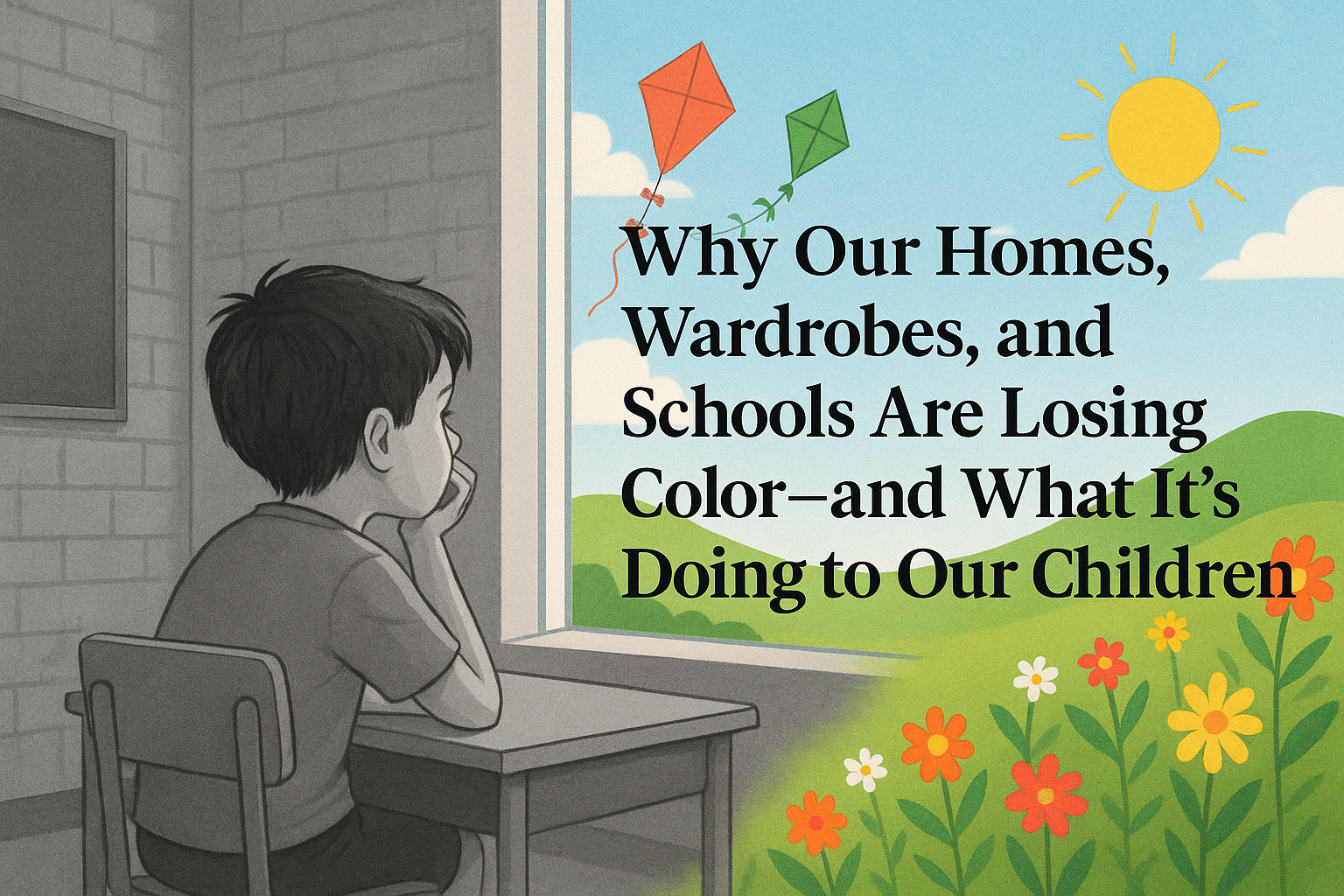
Introduction
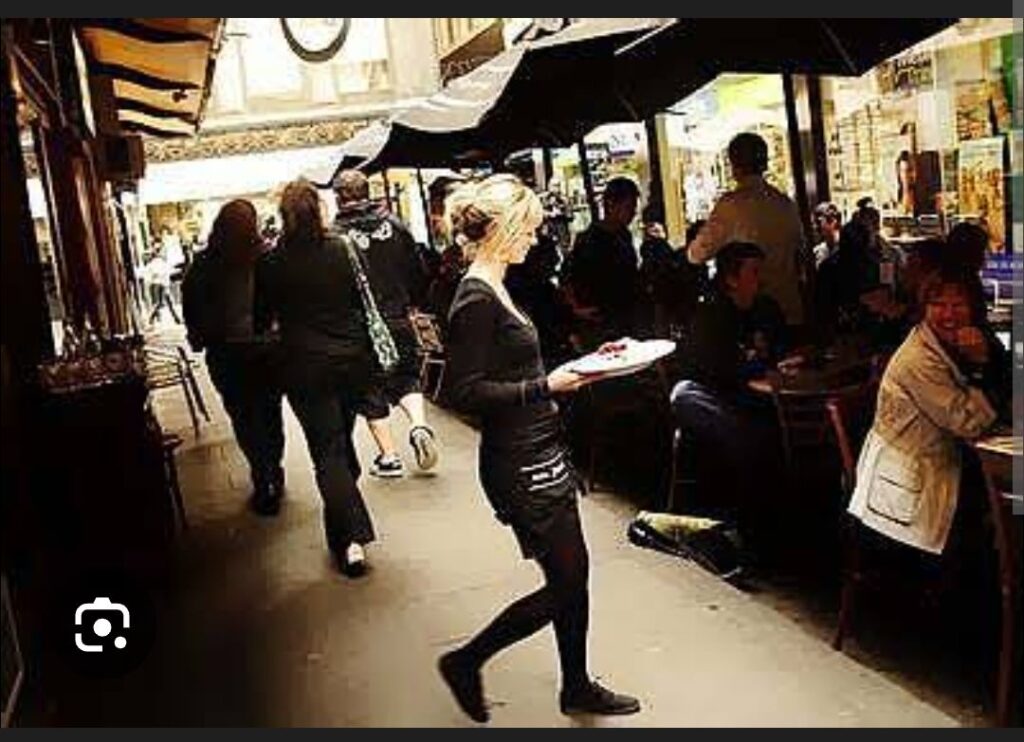
When I was in Sydney, Australia, in the year 2000, something struck me instantly: everyone wore black. Black jackets, black trousers. I couldn’t tell who was rich or poor, boss or assistant. To my untrained eye, a CEO and a janitor looked the same—draped in identical dark clothing. Later, as I traveled to the USA, UK, Germany, and France, I noticed the same eerie uniformity. No color. No vibrance. Just shades of gray, navy, beige, and black.
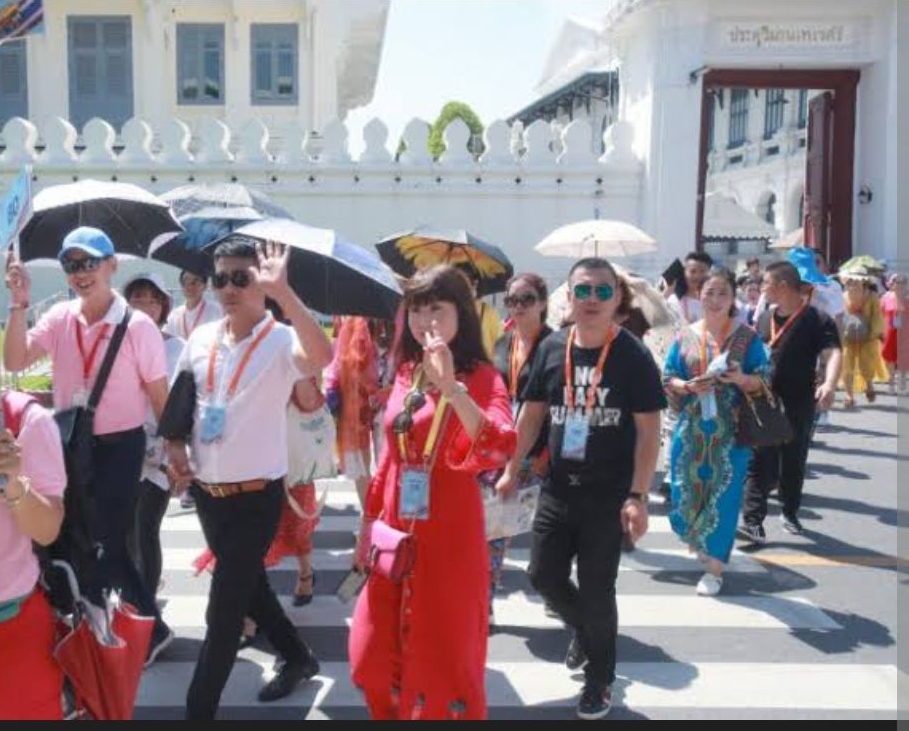
But then, in the most unexpected places, China, the Philippines, among Aboriginal communities, and Mexican locals—especially the older generations— I saw a striking contrast. Bright colors. Floral prints. Joyful fabrics. There was life in their clothing. Indians, too, were once the flag-bearers of color. I still remember how salwar suits, tops glowed like rangoli—yellows like turmeric, pinks like rose petals, and greens like mango leaves. But after 2010, something shifted. Slowly, our readymade clothing racks started greying out. Vibrant kurtas gave way to dull tunics. Boys stopped wearing bright reds or emeralds and turned to greys and blacks like urban shadows. Even hair styles and makeup became carbon copies— uniform, robotic, synthetic.
I began to wonder: was this just fashion? Or a deeper design?
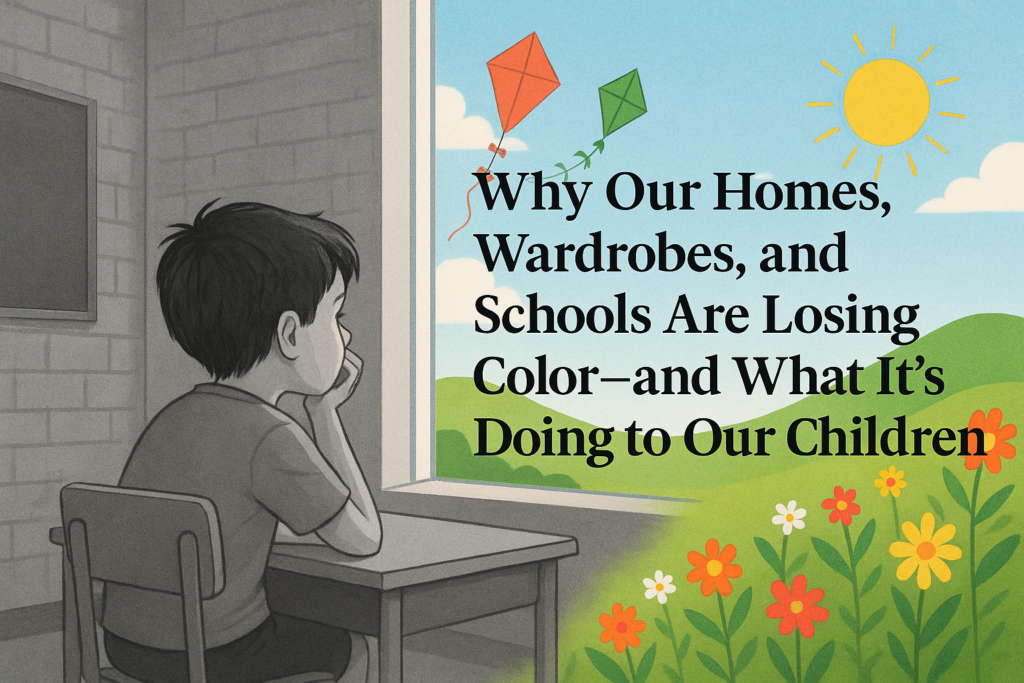
The Hidden War on Color
Let me share something I’ve observed quietly over the last decade—and it might shock you.The disappearance of color isn’t just a fashion trend—it’s a strategic psychological manipulation. What if I told you there’s a reason why play schools, offices, and homes are becoming dull, while malls, restaurants, and dance bars are growing brighter?
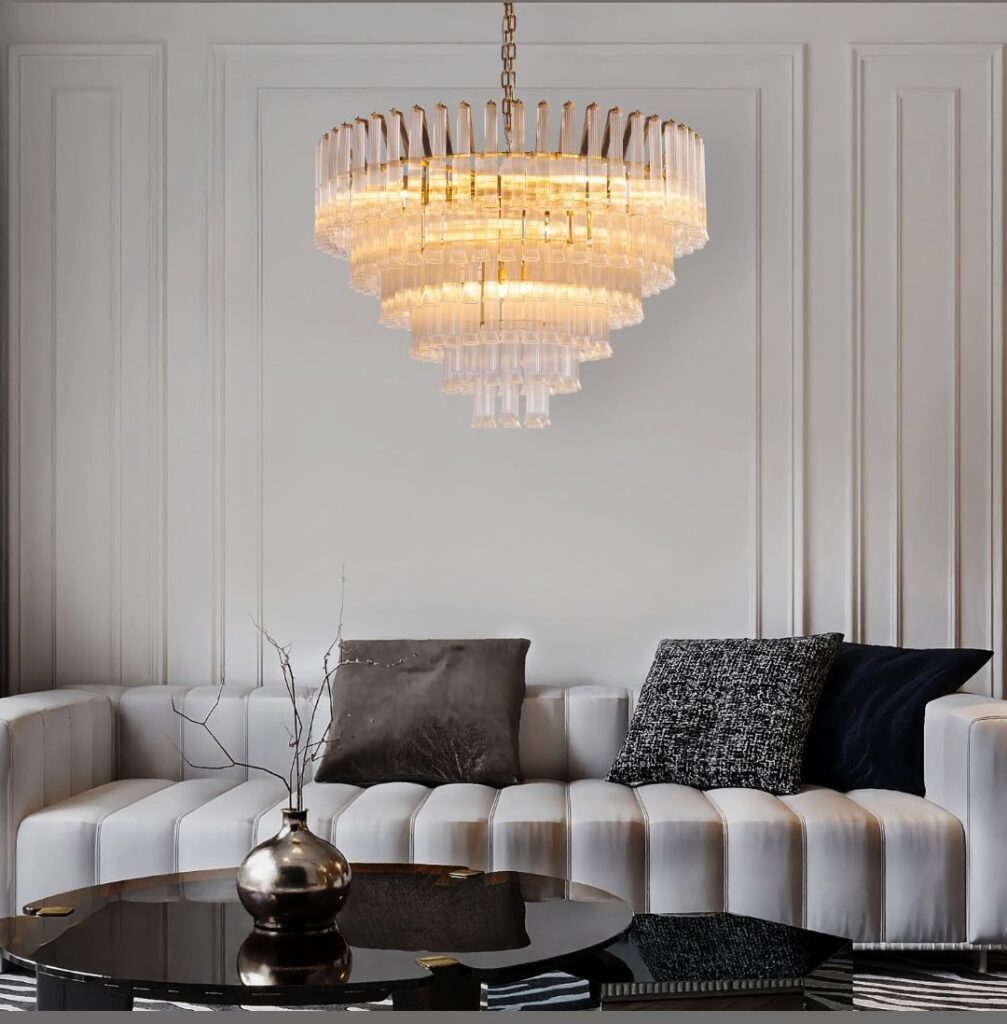
Here’s the hidden truth:
The global elite— the ones who run the fashion industry, educational systems, even workplace designs— have gradually stripped away color from the everyday lives of the working and middle class.
They don’t want you to feel joy at school. Or feel creative at home. Or be energized at work.
They want your child to feel: Bored at school
Anxious at home. Numb at work. Because dull minds are easy to control. Sad people are easier to sell to. Depressed youth are easier to addict.
Meanwhile, where is color thriving?Bright reds and oranges in fast food chains.
Psychedelic purples and neons in nightclubs.

Flashy displays in malls.
These are designed to stimulate dopamine, to trick your brain into thinking this is where joy lives.
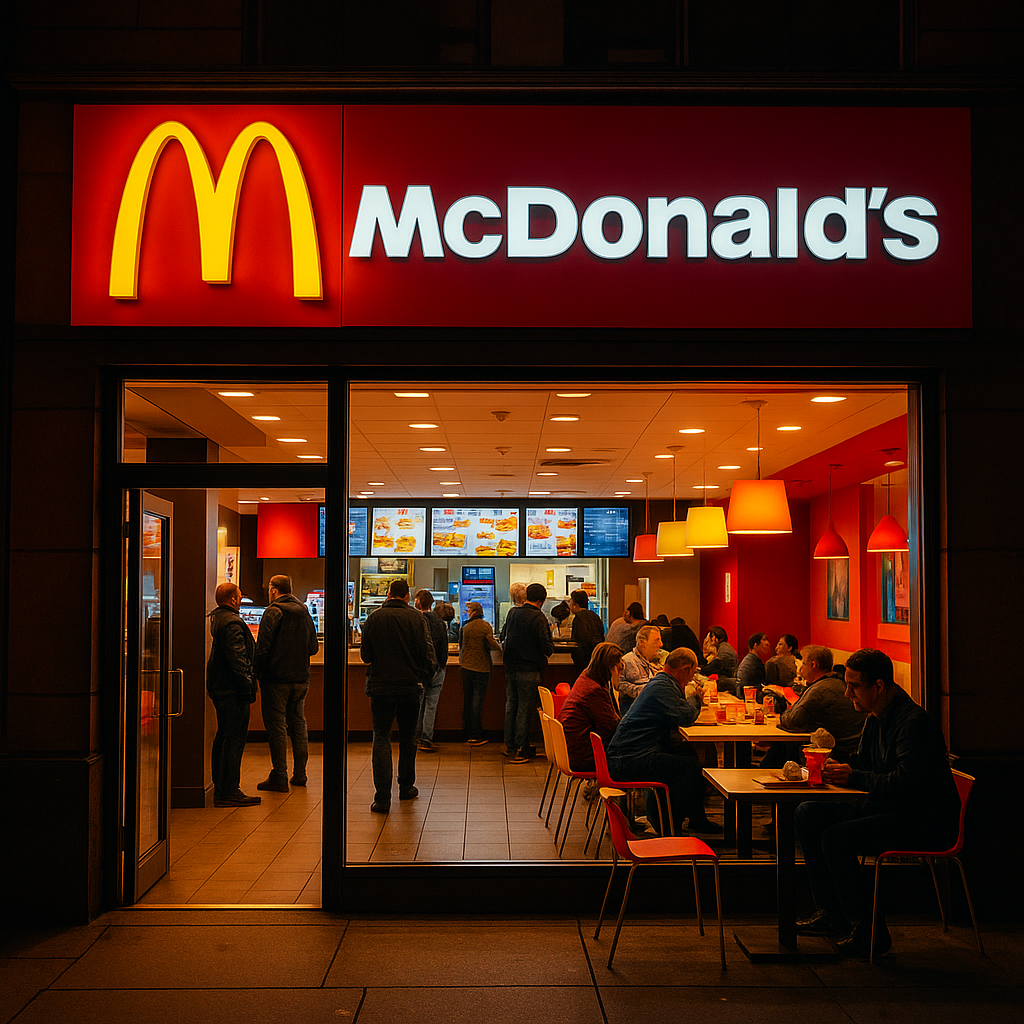
It’s no accident that: Red and yellow increase appetite (used in McDonald’s, Domino’s). Flashing lights in bars mimic psychedelics, leading to dopamine spikes that fuel alcohol and drug consumption. And that’s where the elites cash in.
My Personal Story
When my elder son was younger, his wardrobe was a box of crayons—sunny yellows, watermelon reds, emerald greens. He picked clothes like he picked moods—full of expression. But by middle school, the change was obvious. He only wanted “cool” tones—grey hoodies, black jeans. I accepted it as part of growing up. Until one day, I asked him to wear a bright yellow t-shirt to a party. He groaned. But when he came home, he was glowing. “Everyone smiled at me today. Even the female friends said something nice. That’s when it hit me— color impacts how we’re seen, and how we feel.
What I Learned (Emotional + Practical)
Through my parenting journey, workshops, and school visits, I found alarming trends:
Colors are emotional nutrition. When we remove them, we starve our children’s creativity and joy.
Design trends ignore child psychology. Neutrals and minimalism may be trendy for adults — but they make children feel dull, disconnected, and uninspired.
That is also by design. Not a fluke. Elites want the children to feel low and lack creativity, feel unhappy learning anything. This will make them sad and grow with low confidence. It’s always easy to manipulate children who are lost and depressed. Easy to break them from the families. Easy to indoctrinate and exploit.
Uniformity is suffocating individuality.
Classrooms look like office cubicles. Even birthday parties have “aesthetic” color codes now. Commercial manipulation is real. Industries profit from making dull the default— and colorful the commodity.
What You Can Do
Here’s how you can fight back, joyfully: Let your kids reclaim their palette. Allow self-expression through clothes, room decor, art, and stationery. Add color to shared spaces. One vibrant rug, a mural wall, or even just playful curtains can change the room’s energy. Break the “aesthetic” trap. Don’t decorate for Instagram— decorate for joy. Question your school’s design. Petition for colorful murals, playful spaces, and less uniformity. Celebrate color festivals beyond Holi. Every season has colors—let kids reflect them.
Ancient Indian Wisdom
Let’s ground ourselves in our Vedic roots, where color was sacred, intentional, and healing.
शुक्लं बरंम् संज्ञानं…(Shuklam baram samjnanam…)— Rigveda, 10.85.18
Translation:
“White symbolizes purity and clarity of knowledge.”
But our tradition didn’t stop at white:
Red was Shakti (divine energy)
Yellow meant Vidya (learning)
Green stood for Nature and Balance
Blue reflected Truth and Infinity.
In ancient India, colors were not trends—they were tools for shaping human consciousness. Gurukuls were earthy, yet vibrant. Even our deities wear color with purpose—Krishna’s blue, Lakshmi’s pink, Saraswati’s white and yellow, Durga’s red. Let’s not lose this vedic wisdom in beige wallpaper.
Scientific or Social Research
Modern science supports what our rishis knew:
- Color-rich classrooms improve learning retention and creativity. (University of Salford, 2013)
- Red increases attention to detail.
- (UBC, 2009)
- Blue and green foster calmness and mental clarity.
- (APA, 2013)
- Grey and beige are now linked to depression, low energy, and reduced focus, especially in young minds.(NICHD studies, 2021)
When we take away color, we’re not calming our kids—we’re dimming their spark.
Action Plan For Parents
At Home:
- Add one bold element to each room.
- Create a DIY color wall for your kids’ art.
- Replace greys with nature-based colors like turmeric yellow, rose pink, tulsi green.
In Clothing:
- Say yes to clashing colors.
- Take kids shopping and let them choose.
- Host “color explosion” days at home—no rules, just brightness!
At School:
- Advocate for non-uniform days and creative dress-up events.
- Organize mural painting or student-led decor drives.
- Raise awareness in PTAs about color psychology in learning.
Final Truth: My Heart-to-Heart Conclusion
Color is not cosmetic. It is a language, a frequency, a feeling. When we drain it from our homes, wardrobes, and classrooms, we are silently draining joy, imagination, and spirit from our children.
Let’s fight back. Not with protests— but with pigments. With rangoli, with rakhis, with painted walls and neon socks.
Let’s raise children who feel seen, vibrant, alive.
Because only colorful children will grow up to paint a brighter world.
References + Sources
- Barrett, P. et al. (2013). Clever Classrooms Study, University of Salford
- Mehta, M. (2015). Color Psychology in Indian Homes
- APA Journals on Color & Behavior (2013)
- Rigveda translation by Swami Dayananda Saraswati (2001)
- Parenting India Workshop Reports (2023–24)
Want personalized guidance to raise expressive, joyful, and emotionally strong children? [email protected]






Login is required
Don't have an account? Sign Up